Here’s what’s new:
New history menu in Microsoft Edge: A highly requested feature by Insiders, you can now right-click on the back and forward buttons in Microsoft Edge for quick access to your recently visited websites in the current tab. Give it a try and let us know what you think.
We made lots of little fixes for crashes, hangs, and slowness issues
•Favorites and reading list now roam/sync
•The setting to change the search provider is more discoverable.
•There is now a “save target as” option to the context menu for hyperlinks
•We allow import of IE favorites from a favorites location that uses folder redirection
•Drag and drop support is enabled (the ability to drag files to sites like OneDrive)
•There is a toolbar in PDF viewer with options to save, print, zoom, and see page numbers
•There is now an option to prevent rogue sites from spamming dialog boxes in infinite loop causing denial of service
•We restored the ability to open a new browser window when Microsoft Edge is already running, by choosing Microsoft Edge from Start Menu or by middle-clicking on Microsoft Edge in the taskbar
•We provided an “Open Folder” option to the download completion notification
•A menu is shown when you right click on the back button, allowing you to see history and skip back several pages
Known issues:
When we went live with last week’s PC build, Insiders discovered a bug where the cache for Insider Hub wasn’t properly refreshing – preventing new content from showing up in a timely manner. We’ll include known issues with our blog posts as well as in Insider Hub until the bug is resolved.
- Some PC games will crash switching from windowed mode to full screen, upon game resolution change, or upon launch due to a bug in Windows graphics stack. We have observed this with The Witcher 3, Fallout 4, Tomb Raider, Assassin’s Creed, and Metal Gear Solid V but it may occur with other titles as well.
- With this build (and with the last build), applications such as Narrator, Magnifier, and third-party assistive technologies may experience intermittent issues or crashes. If you rely on screen readers or other software, you should not use this build. This issue will be fixed with the next build.
- You might see a WSClient.dll error dialog after logging in. We’re working on a fix for this but as a workaround, you can run the following in Command Prompt with administrative rights: schtasks /delete /TN “MicrosoftWindowsWSWSRefreshBannedAppsListTask” /F
- While attempting to update to this build, your PC may show a message that your wireless card is not compatible with Windows 10. The workaround is to visit the support page for your PC or wireless card and install the newest driver that is available.
- The Connect button does not show up in Action Center.
Enjoy upgrading!




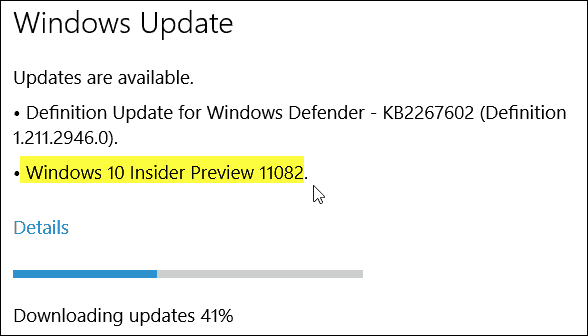
 We have a Windows 10 App in the store for Phone & Desktop.
We have a Windows 10 App in the store for Phone & Desktop.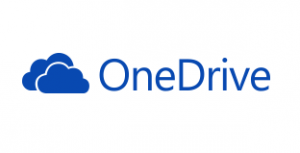
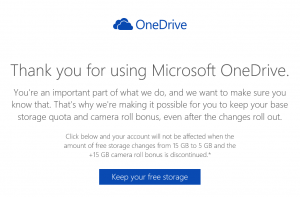
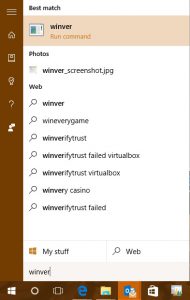
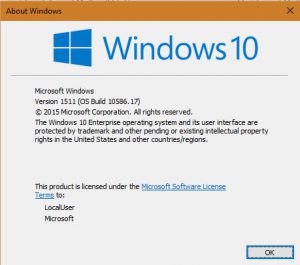
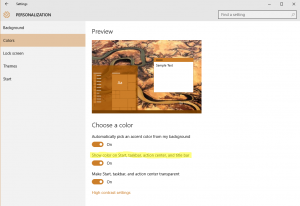
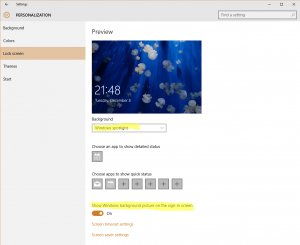
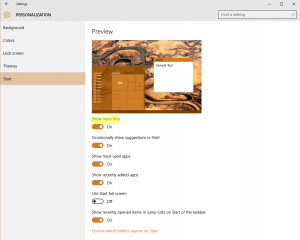
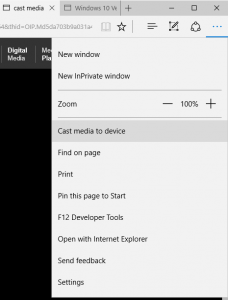
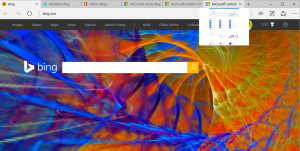
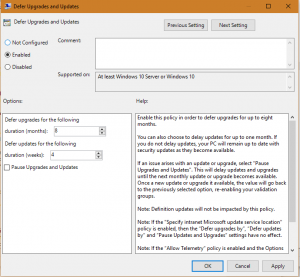
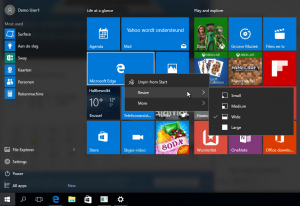
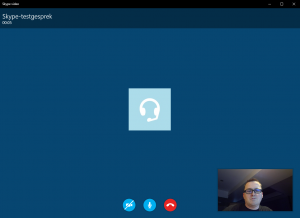
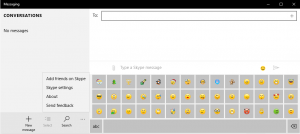
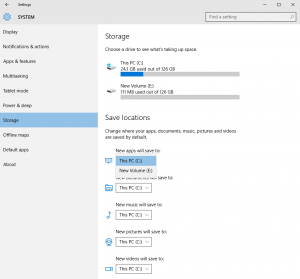
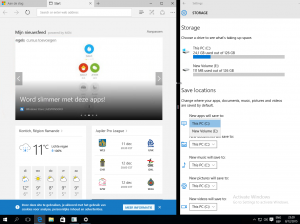

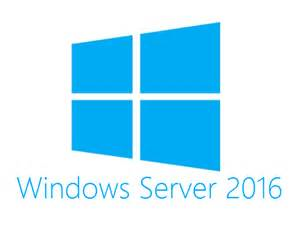

 Get Your Microsoft Trainings here:
Get Your Microsoft Trainings here:
